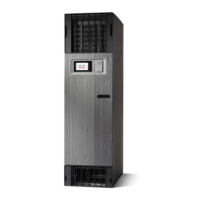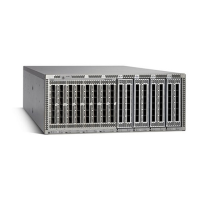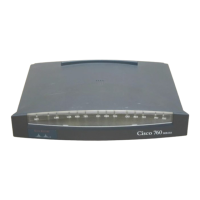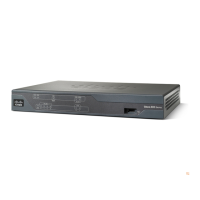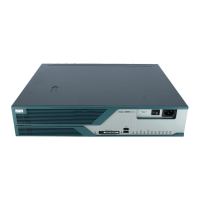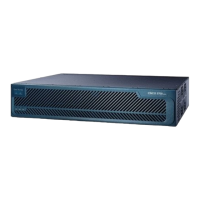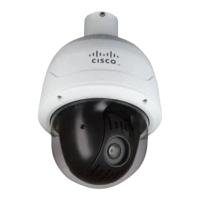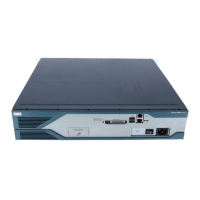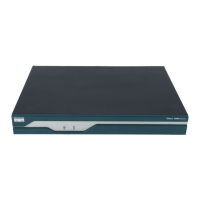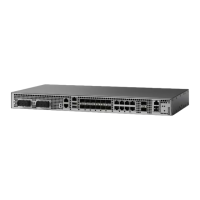PurposeCommand or Action
Brings up the other end of the link bundle.Perform Step 1 through Step 23 on the remote end of the
VLAN bundle connection.
Step 24
(Optional) Shows information about the specified Ethernet
link bundle.
show bundle Bundle-Ether bundle-id [reasons]
Example:
Step 25
The show bundle Bundle-Ether command displays
information about the specified bundle. If your bundle has
RP/0/RP0/CPU0:router# show bundle Bundle-Ether 3
reasons
been configured properly and is carrying traffic, the State
field in the show bundle Bundle-Ether command output
will show the number “4,” which means the specified
VLAN bundle port is “distributing.”
(Optional) Displays the interface configuration.
show ethernet trunk bundle-ether instance
Step 26
Example:
The Ethernet bundle instance range is from 1 through
65535.
RP/0/RP0/CPU0:router# show ethernet trunk
bundle-ether 5
Configuration Examples for Link Bundling
This section contains the following examples:
Example: Configuring an Ethernet Link Bundle
This example shows how to join two ports to form an EtherChannel bundle running LACP:
RP/0/RP0/CPU0:router# config
RP/0/RP0/CPU0:router(config) #interface Bundle-Ether 3
RP/0/RP0/CPU0:router(config-if)#ipv4 address 1.2.3.4/24
RP/0/RP0/CPU0:router(config-if)# bundle minimum-active bandwidth 620000
RP/0/RP0/CPU0:router(config-if)# bundle minimum-active links 1
RP/0/RP0/CPU0:router(config -if )# bundle maximum-active links 1 hot -standby
RP/0/RP0/CPU0:router(config-if)# lacp fast-switchover
RP/0/RP0/CPU0:router(config-if)# exit
RP/0/RP0/CPU0:router(config)#interface TenGigE 0/3/0/0
RP/0/RP0/CPU0:router(config-if)#bundle id 3 mode active
RP/0/RP0/CPU0:router(config -if )# bundle port-priority 1
RP/0/RP0/CPU0:router(config-if)# no shutdown
RP/0/RP0/CPU0:router(config)# exit
RP/0/RP0/CPU0:router(config)#interface TenGigE 0/3/0/1
RP/0/RP0/CPU0:router(config -if )#bundle id 3 mode active
RP/0/RP0/CPU0:router(config-if)# bundle port-priority 2
RP/0/RP0/CPU0:router(config-if)# no shutdown
RP/0/RP0/CPU0:router(config-if)# exit
Interface and Hardware Component Configuration Guide for Cisco NCS 6000 Series Routers, IOS XR Release 6.4.x
91
Configuring Link Bundling
Configuration Examples for Link Bundling
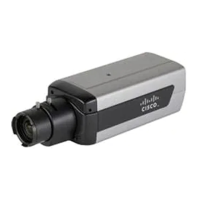
